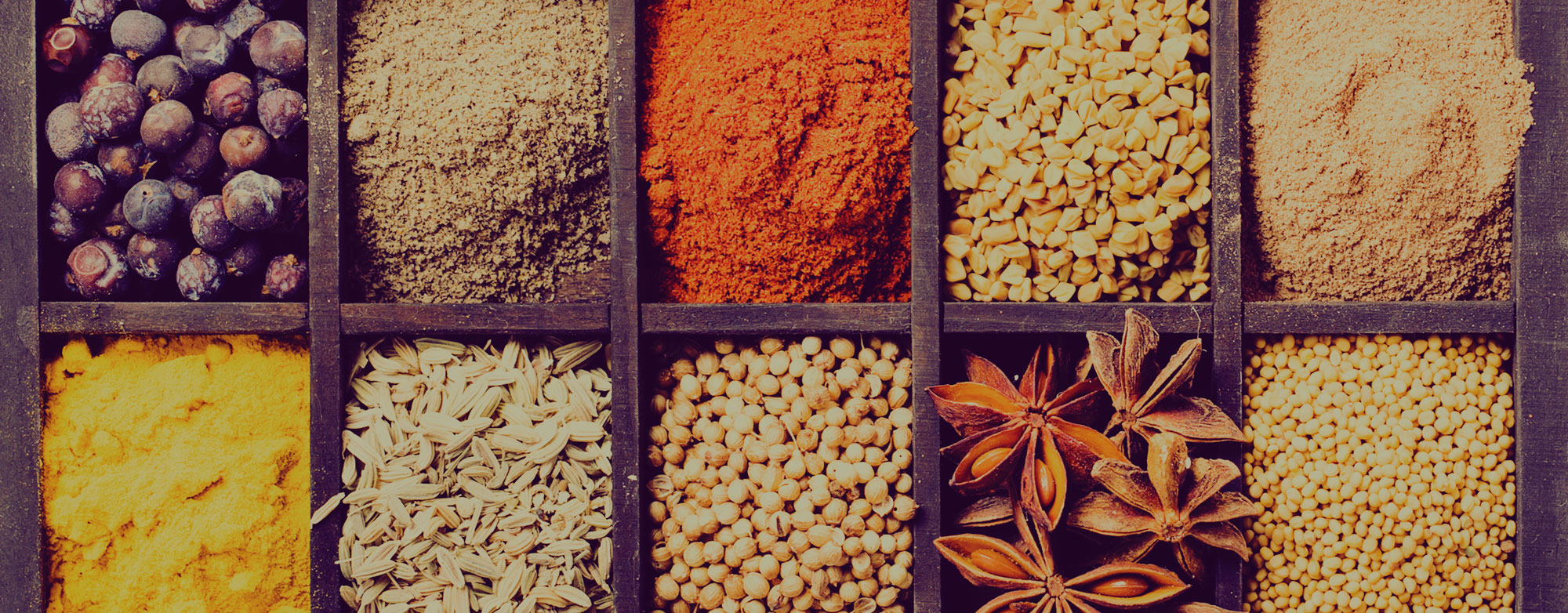
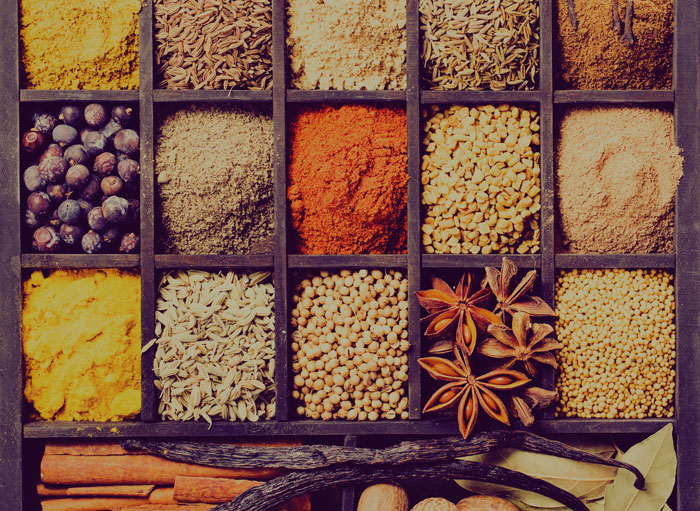


They come in all shapes, sizes, flavours. They can be found in almost every corner of the world. Some have been used for thousands of years to cure ailments. Some were even key to ancient civilisations and used in elaborate ceremonies. Without them gin wouldn’t be gin. We are of course speaking about botanicals. Without juniper would gin be gin? No. Thanks to Mother Nature, the range of botanicals available and opportunity to innovate is almost endless when you consider potential flavour combinations. We wanted to learn a bit more about some of the key botanicals (yes juniper should be first on the list!) that Scottish Gin makers and brands consider to be one if not ‘the’ botanical that they feel makes their Scottish Gin shine. In this latest episode of Beautiful Botanicals we talk Honey with Lost Loch Spirits, Poppy Seeds with Isle of Skye Distillers, Wild Myrtle with Badachro Distillery, Rhubarb with Orkney Gin Company and Butterfly Pea with Ellis Gin.
Honey, eeNoo Gin
It’s reckoned that the humble honeybee must gather nectar from two million flowers to make one pound of honey. Humans have had a long and symbiotic relationship with honeybees with several cave paintings in Cuevas de la Araña in Spain, dated to be over 8,000 years old, depicting humans foraging for honey.
Sadly global bee populations seem to be on the decline partly due to climate change and the use of more pesticides. Honeybees play a vital role in the pollination of plants and crops and without them the future would be pretty bleak.
Saying that, there’s hope for the humble honeybee thanks to the age old tradition of beekeeping. Beekeepers play a vital role in maintaining and supporting bee colonies with the bees pollinating local flowers and plants before returning to their hive to make golden honey.
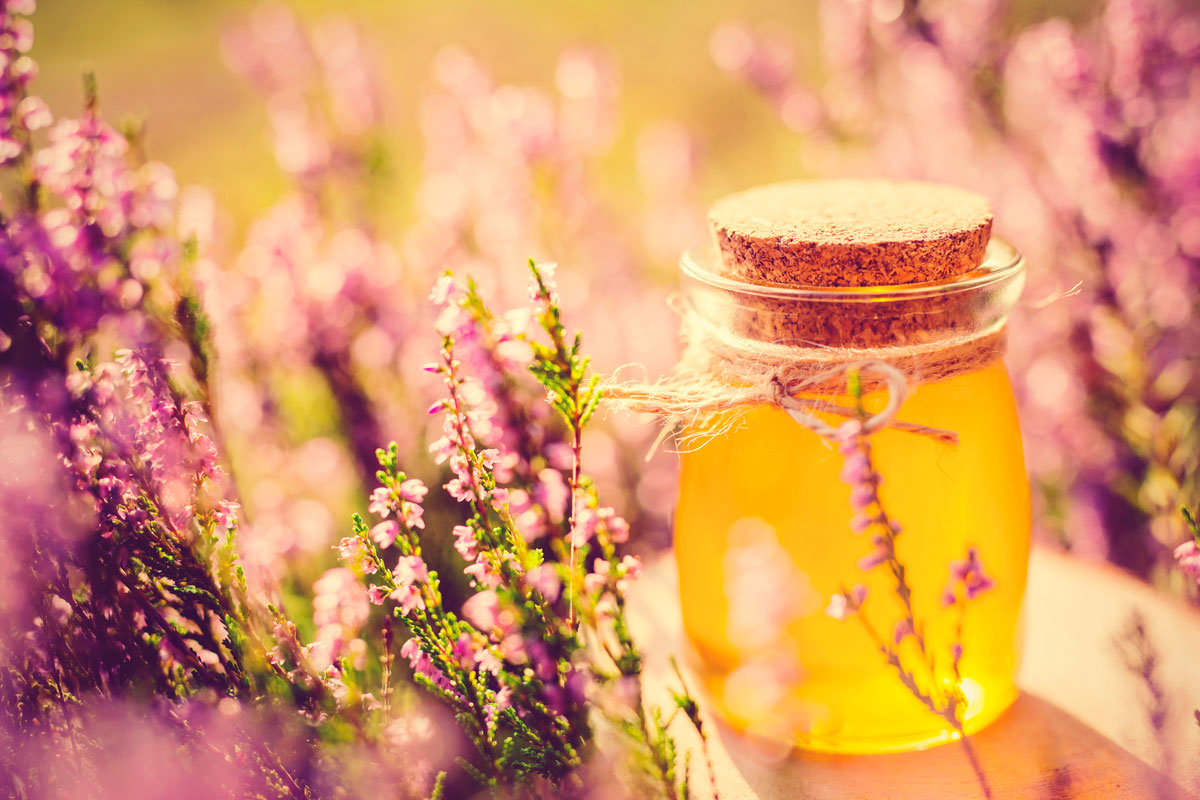
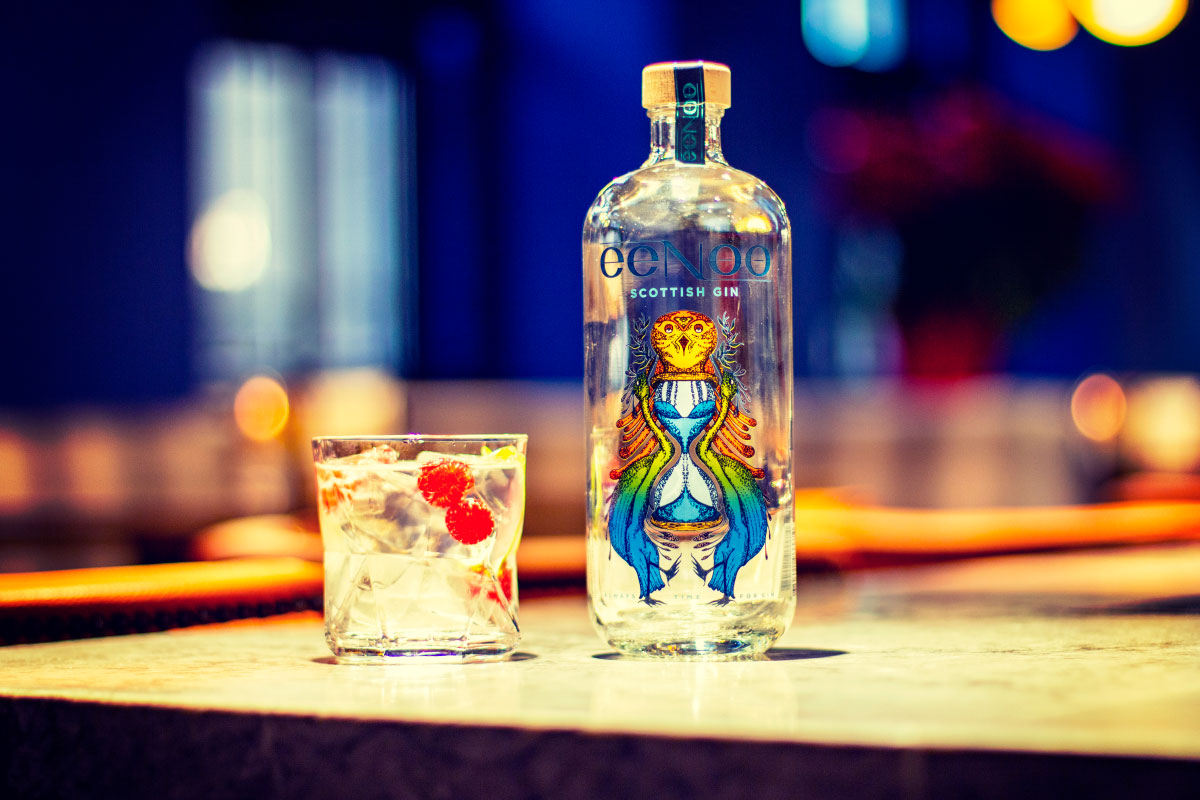
“When we crafted our gin, eeNoo, we wanted to create a flavour profile that encompassed the essence of a traditional gin whilst embracing flavours of the Scottish Highlands.
“This is when we met Ian Smith, a 4th generation beekeeper, who lives close to the distillery in the village of Aboyne. Ian has between 100 – 200 hives situated throughout Royal Deeside in Glen Tanar, Aboyne and Ballogie Estates. And his honey is delicious!
“Over a year later, we distill eeNoo with Royal Deeside honey, which has a flavour profile unique to the local area: made up of heather, willow herb and clover pollen. It helps give eeNoo a smooth taste while complimenting the raspberries. It gives a real sweet edge to the gin but is balanced perfectly with the juniper and orange peel, which come through quite quickly. It is a superb sipping gin. Clean, fresh and not spirituous at all.”
Peter Dignan, Lost Loch Spirits
You can learn more about Lost Loch Spirits here.
Poppy Seeds, Tommy’s Gin
The Red Poppy symbol has become iconically linked to the events of the last century, in particular World War 1. After the war poppies started to appear on the scarred landscape where the battles had taken place, in particular Flanders in Belgium. The red poppy took on significance as a symbol to the fallen in the poem ‘In Flanders Fields’ written by Canadian surgeon John McCrae.
Poppy seeds have been part of the human diet for thousands of years and can be found as an ingredient in many breads and pastries. They can also be pressed to yield poppyseed oil. Over the centuries the oil has been used for cooking and even burned to create light.
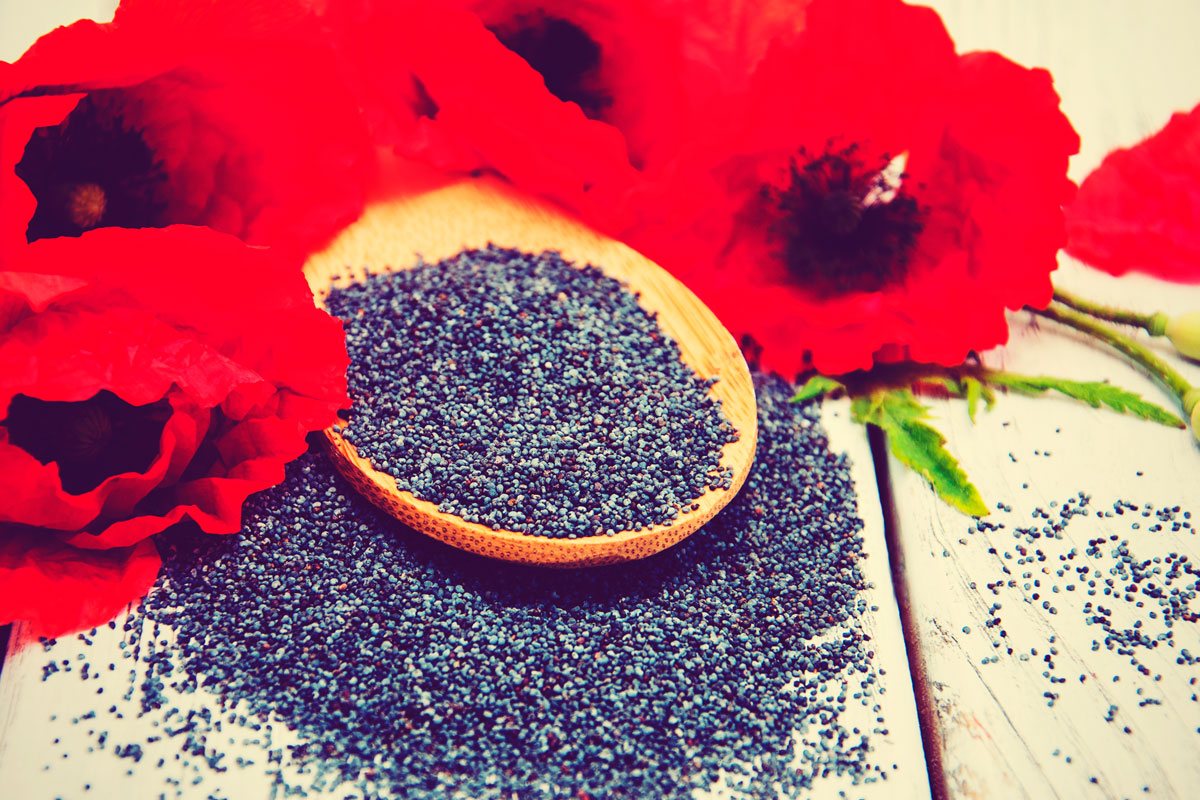
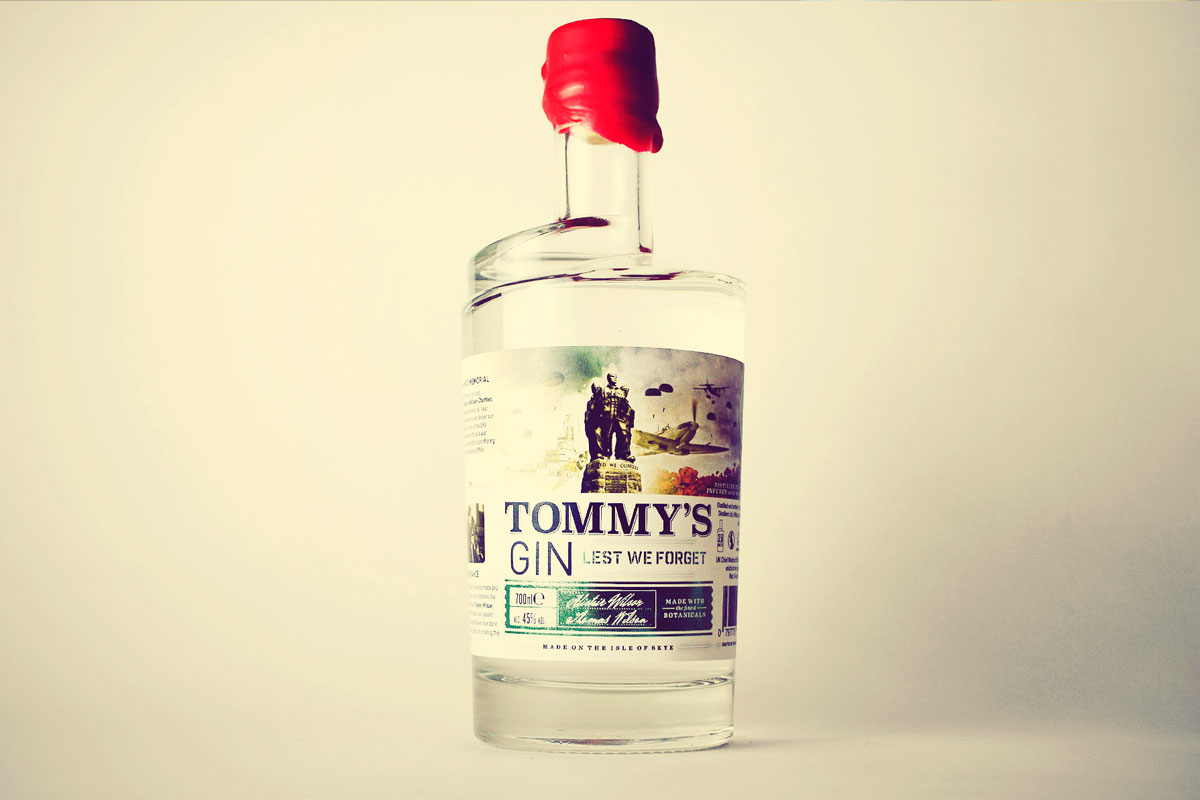
“We decided to use poppy seed in our Tommy’s as the gin is a remembrance gin and what better way to acknowledge all our armed forces than with the poppy.
“We believe that we are the only gin producer using it and it adds a lovely sharp sweetness to Tommy’s Gin. The significance of the poppy and what it represents is very important to us and we hope that Tommy’s Gin and the donations are a small way of paying tribute to the fallen, retired and currently serving serving men and woman of our country.”
Thomas Wilson, Isle of Skye Distillers
You can learn more about Isle of Skye Distillers here.
Wild Myrtle, Badachro Gin
Wild Myrtle is a type of flowering evergreen shrub with the leafs producing a fragrant oil. The white star shaped flowers are also fragrant, said to be sweet in smell. The shrub produces small berries normally dark blue in colour and provides food for a variety of animal and bird species. It can be found in Greek mythology and was associated with the goddesses Aphrodite. Wild Myrtle is also the common ingredient in Mirto, an aromatic liquor that hails from the islands of Sardinia and Corsica.
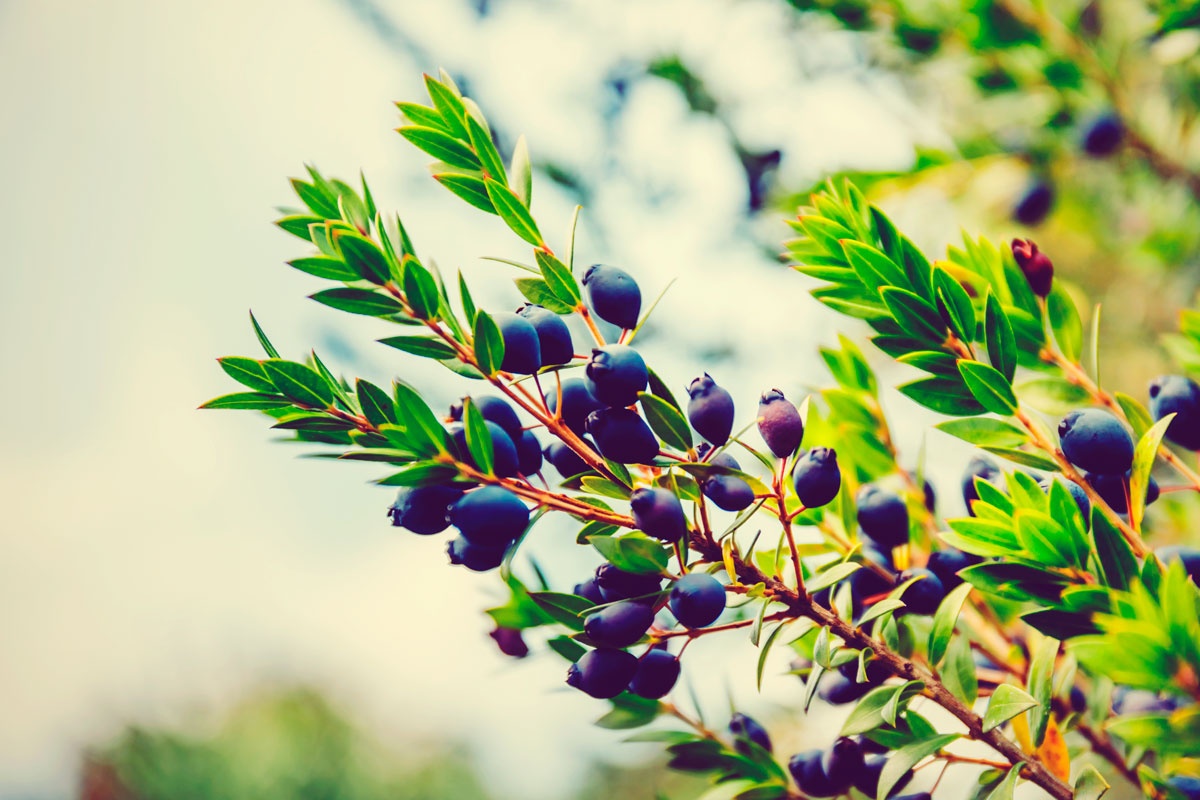
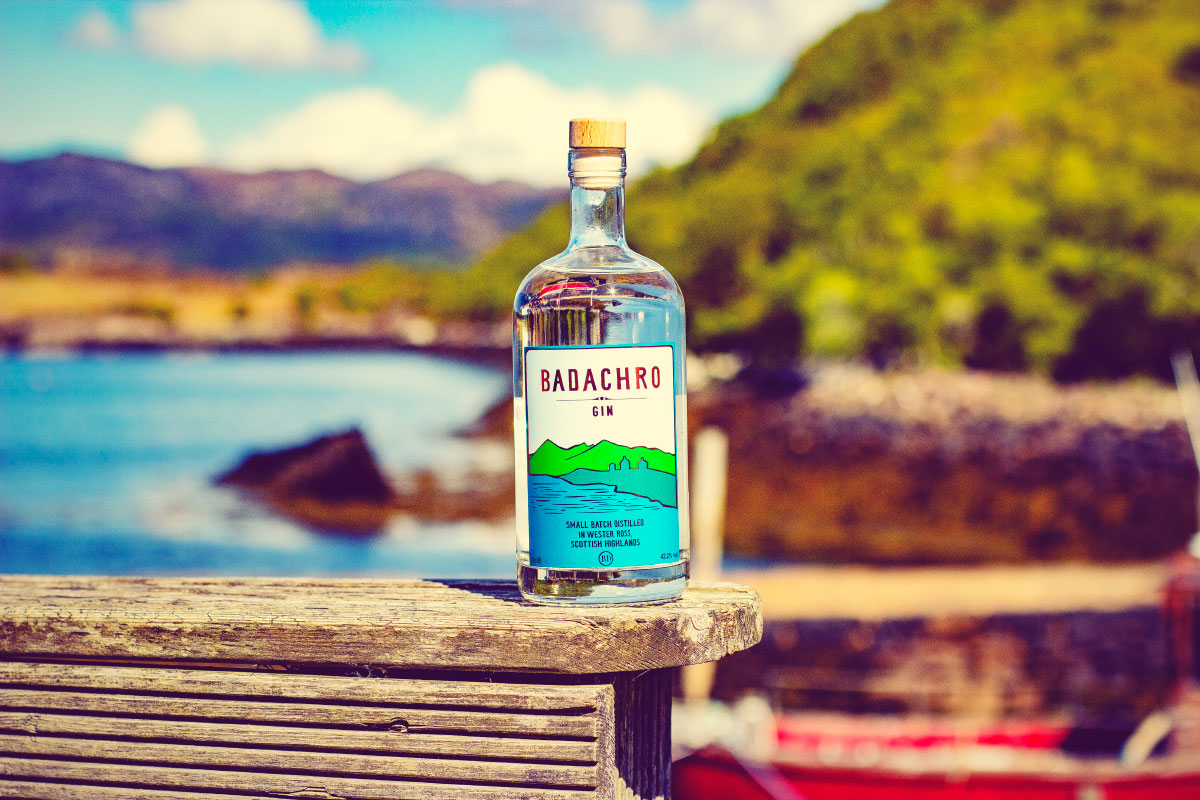
“Wild myrtle grows abundantly in our area and for many years we have enjoyed the soothing scent in the air after spring and summer rain, often combined with the soft, delicious waft of gorse blossom on warm afternoons. The myrtle in our area has a very specific character and is uniquely affected by the constant, salty sea breeze coming in from the south west and the clear, pure air and water of our wilderness landscape.
“We started using myrtle in an early liqueur recipe development inspired by Sicilian Mirto and soon learned that in combination with other local botanicals, it offered a deliciously fragrant and aromatic characteristic, which was to become the basis for our Badachro Gin. Myrtle has a reputation as a magical plant, offering protective and healing benefits whilst also delivering a powerful effect in love magic!”
Gordon Quinn, Badachro Distillery
You can learn more about Badachro Distillery here.
Rhubarb, Rhubarb Old Tom Gin
Although a member of the vegetable family, Rhubarb is often referred to as a fruit. It’s estimated that the Chinese have used Rhubarb as a medicine for the last 1,800 years to treat a number of ailments. The stalks are normally a blush pink hue with large, green leafs. Due to its hardy nature and deep roots, Rhubarb plants can survive up to 15 years in the wild providing two yields per year.
Rhubarb was extremely popular in the 16th century thanks to its beneficial properties and at one point it was more expensive to buy than cinnamon, which up until the middle of the 16th Century was amongst the most expensive spices available to buy.
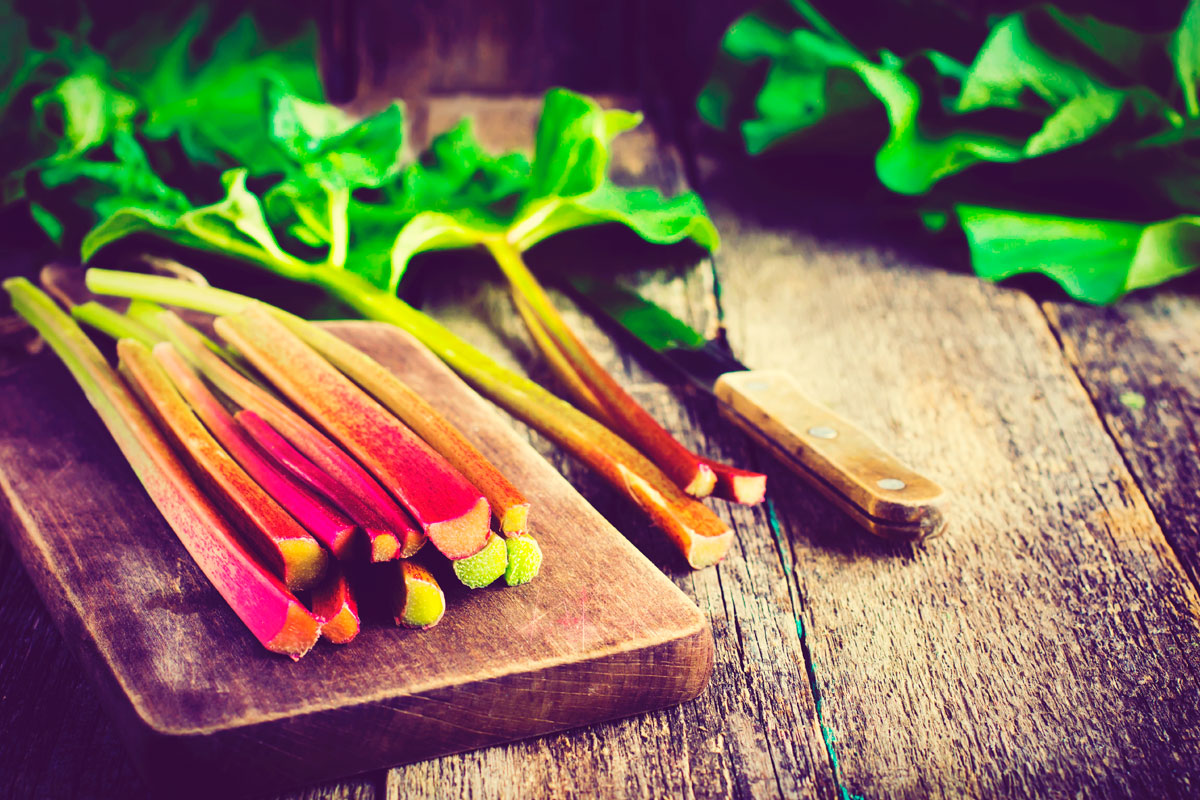
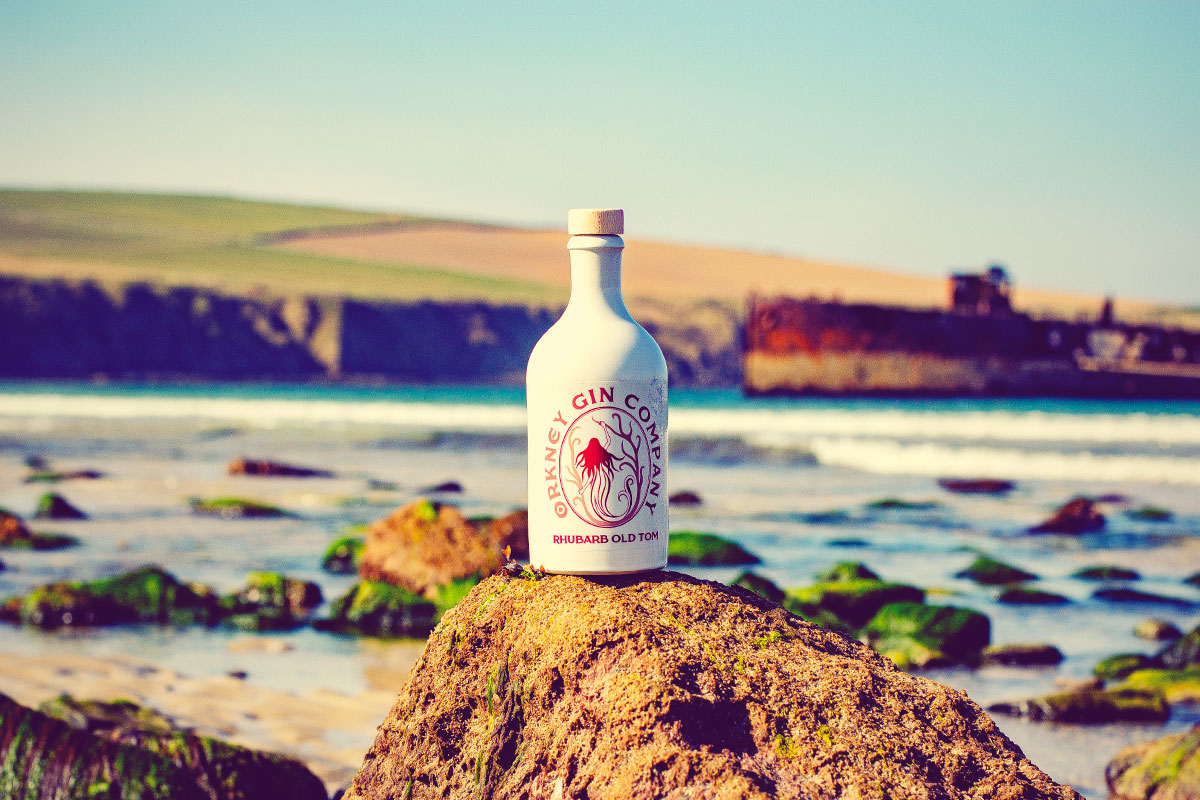
“Rhubarb has long been celebrated in Orkney, with traditional recipes for preserves and home baking dating back hundreds of years. In the 18th century, rhubarb was grown as a crop in the UK and Scandinavia, linking Orkney to both its Nordic routes, and its close connections to Scotland. Nowadays, rhubarb grows ‘wild’ in Orkney. You’re likely to find it growing in the unused garden of a derelict farmhouse, or alongside an Orcadian stone wall following a track road used only as access to fields. The larger patches of rhubarb are sometimes looked after by farmers and you can often harvest the same patch up to three times each summer.
“At Orkney Gin Company, we like to keep our ingredients as traditional as possible, using hand-picked rose petals to complement our Rhubarb. Rhubarb is a tart vegetable (although some would confuse it as a fruit due to its delicious taste), meaning the sweeter taste of an Old Tom works perfectly with our zingy, zesty Orcadian delight.”
Erin Watt, Orkney Gin Company
You can learn more about Orkney Gin Company here.
Butterfly Pea, Ellis No. 3 Butterfly Pea Scottish Gin
Clitoria ternatea, more commonly known as Butterfly Pea, is a species of flowering plant that is native to tropical equatorial Asia, including locations such as Myanmar, Thailand, Indonesia, Malaysia and the Philippines. The flowers from the plant have been used over the centuries as a natural food colouring and for a variety of ailments. The petals are also used along with lemongrass and lemon juice to create Butterfly Pea tea, a popular drink in some Asian countries.
One of the amazing feats of mother nature and Butterfly Pea is that due to changes in the PH levels when distilled as part of the gin making process, the blue hues turn lilac pink when added to tonic.
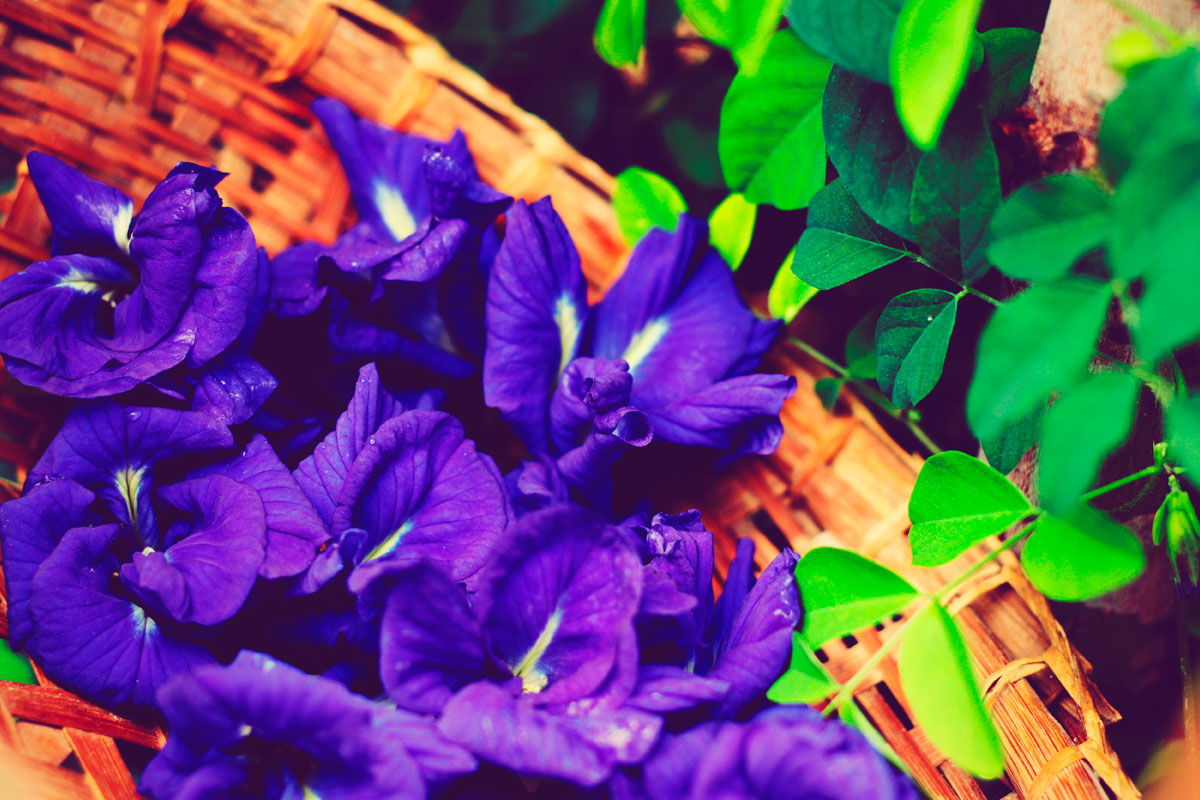
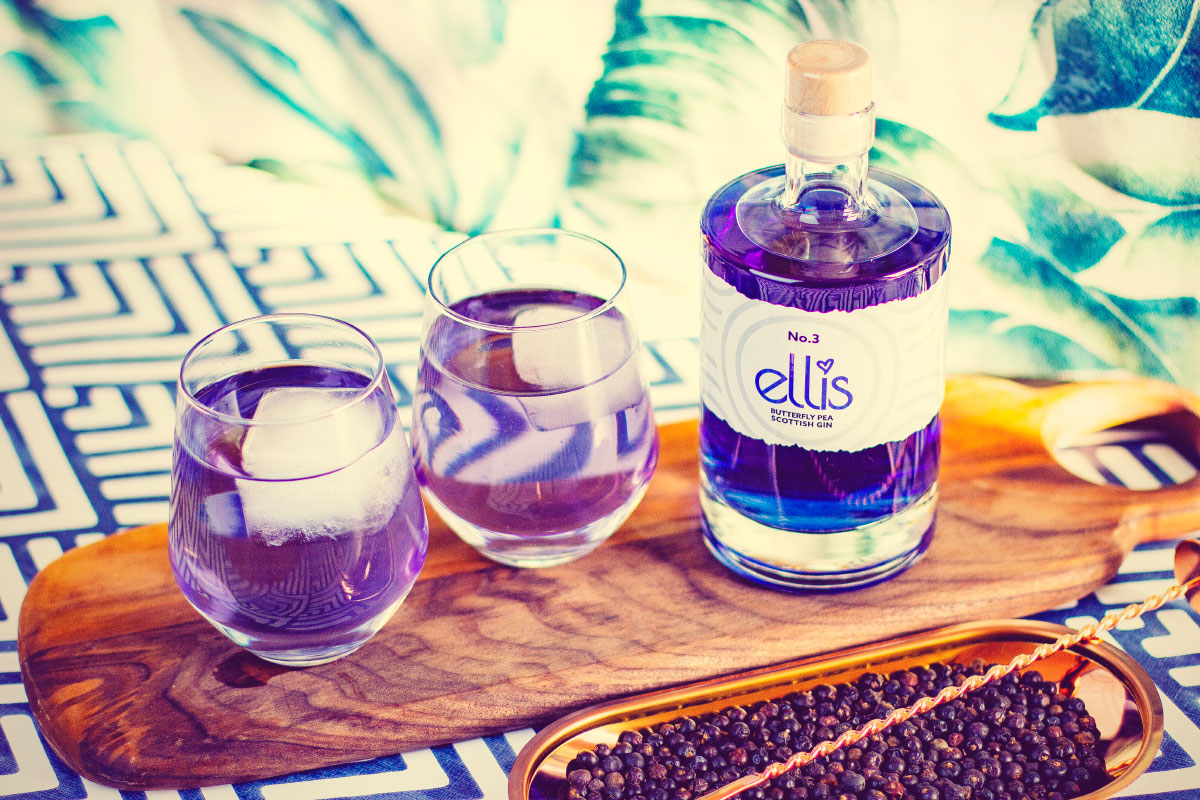
“In 2018 we decided to introduce Ellis after the success of our ready to drink Gin Cocktail range. With the popularity of Pink Gins and to differentiate Ellis, we decided to create flavoured coloured gins. And that’s when we discovered the Butterfly Pea flower. My sister had been on a trip to Asia and had been given Butterfly Pea Herbal tea after a spa treatment. She raved about the beautiful colour and the lovely taste. Coincidently, I had been watching a travel show filmed in Vietnam and saw the flower was widely used due to the extensive health benefits and its lovely colour.
At the distillery we had lots of fun experimenting. We found the smooth flavour from the butterfly pea tea bags, which we make to infuse the gin, really complimented the Ellis Gin base flavour. And the colour was amazing. Then as if it couldn’t get any better, mysteriously when mixer was added, the deep blue colour changed depending on the PH of the mixer being added, transforming the liquid to a luscious colour of lilac – truly magical.”
Carol Jackson, Ellis Gin
You can learn more about Ellis Gin here.
Read Beautiful Botanicals Part 1 here.
Read Beautiful Botanicals Part 2 here.
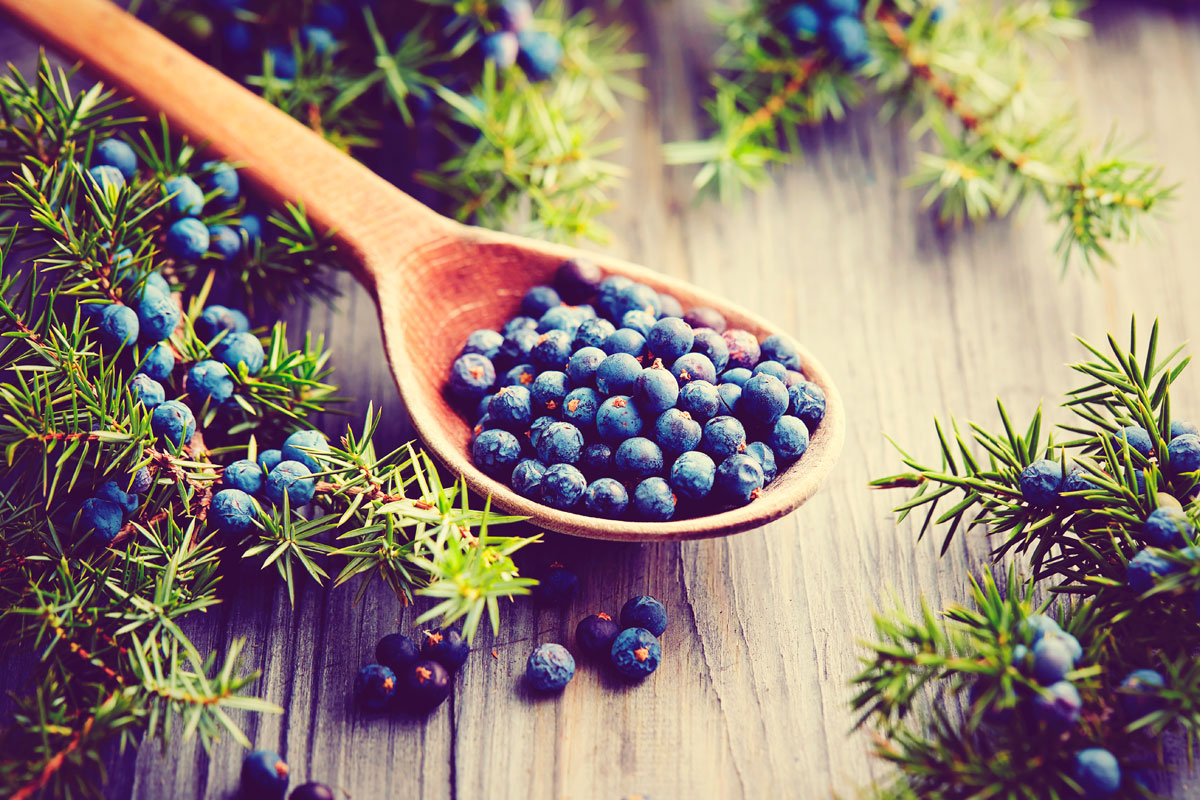
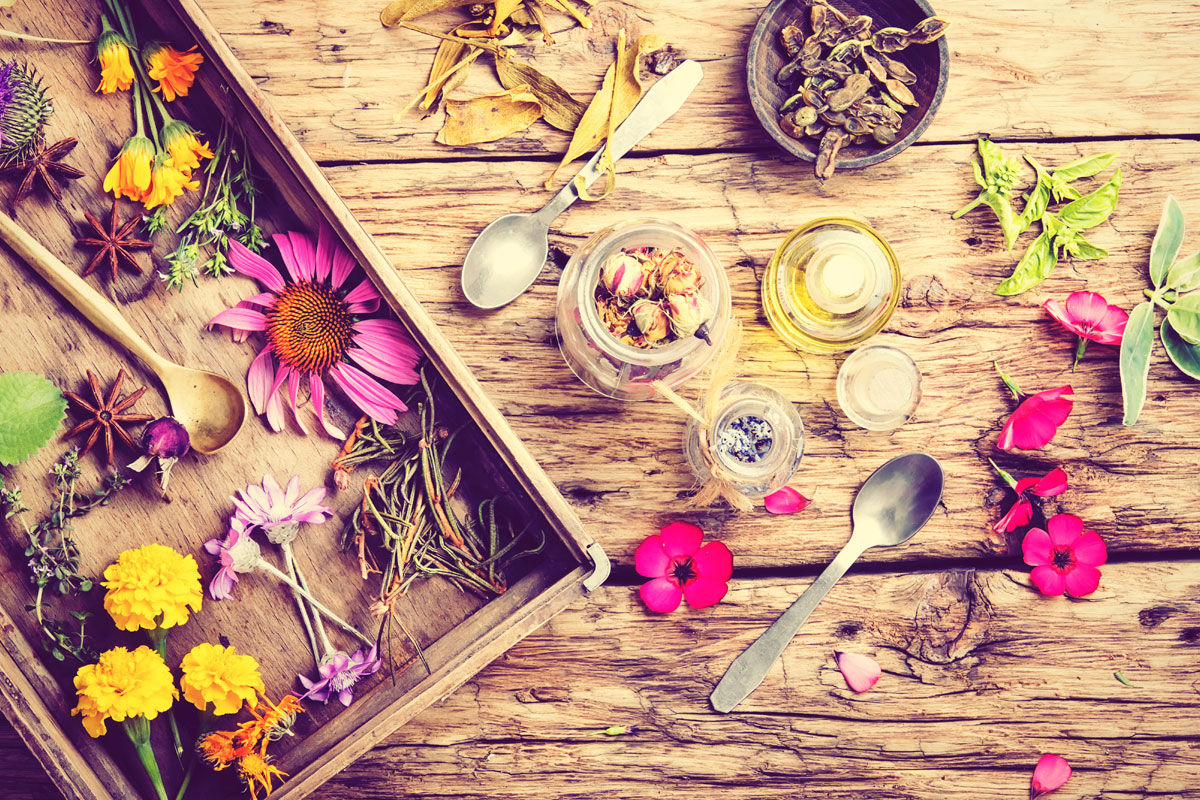
You can learn more about the many great Scottish Gins by visiting the links below.